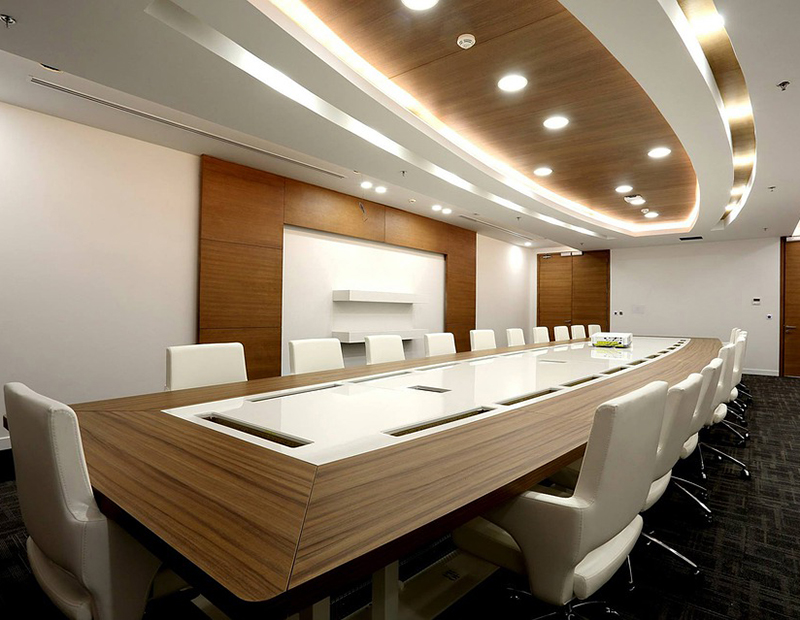Your Building May Be Making People Sick
Improving indoor air quality and selecting the right products and materials are key ingredients in promoting occupier health.
North Americans typically spend 90 percent of their time indoors, but indoor air is two to five times more polluted than outdoor air, according to data cited by Josh Jacobs, director of environmental codes & standards at UL Environment & Sustainability.
“We have been called in multiple times to buildings that employees refuse to work in because they’re getting sick,” said Jacobs, noting that symptoms include headaches, asthma attacks and nosebleeds. “We’re finding out it’s an adhesive that was used, or the furnishings, and they need to take those out now—that’s cost,” he added.
Speaking at the 2019 CoreNet Global Summit in Anaheim, Calif., the executive at the safety certification firm observed that as modern building practices have slashed the frequency of fire and structural deaths, chronic safety concerns—the impact that buildings have on the environment and human health—have taken center stage.
These concerns include the more than 11,000 volatile organic compounds (VOCs) that are emitted by all man-made products except steel, stone and glass and are linked to health problems such as higher rates of adult onset asthma. Carpeting, flooring and paint (which takes 6 months to cure at a chemical level) are prolific sources of VOCs, and even electronic equipment emits harmful chemicals when it is switched on.
According to a 2017 study by the Centers for Disease Control and Prevention, carcinogenic and endocrine-disrupting chemicals were detected in more than 50 percent of those tested, while fire-retardant chemicals called polybrominated diphenyl ethers (PBDEs) were found in the serum of nearly all people sampled.
Making a healthier building
Given the huge productivity and health-care costs associated with an unhealthy building atmosphere, it makes both financial and ethical sense for the real estate industry to protect indoor air quality during construction, management and design. One element of this is careful placement of a building’s air intake: make sure it’s not above the loading dock or facing a highway. Building owners and managers should also ensure that their ventilation systems are compliant with ANSI/ASHRAE standards.
A moisture and indoor environmental quality (IEQ) manager should be employed during the construction process to avoid common pitfalls such as the “sink effect,” whereby porous surfaces such as flooring absorb VOCs, then release them into the building atmosphere over time. One rule of thumb: Don’t install a carpet while you’re painting.
In addition, buildings should only use materials, finishes and furnishings that emit low levels of VOCs, such as those with UL’s GREENGUARD Gold Certification or, for carpeting, Green Label Plus certification. Cleaning and maintenance products should also be chosen based on scientific safety standards.
“Pretty common stuff,” said Jacobs, “but you’d be shocked how much it doesn’t happen.”








You must be logged in to post a comment.